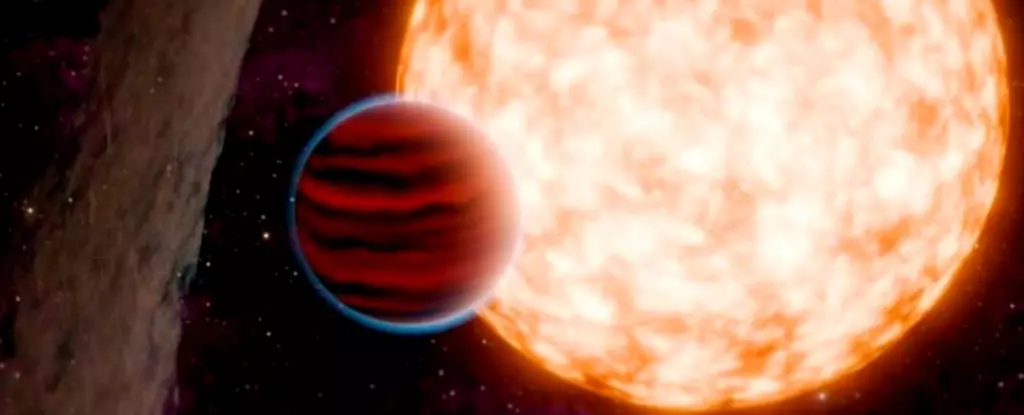In a remarkable development within the field of astronomy, researchers have identified TIDYE-1b, one of the youngest known planets, at a tender age of merely 3 million years. This finding not only expands our understanding of planetary evolution but also raises intriguing questions about how planets form in their early stages. Given that Earth is about 4.5 billion years old—roughly 1,500 times the age of TIDYE-1b—this discovery offers an invaluable opportunity to explore the primordial processes that give rise to celestial bodies.
The significance of such a young planet cannot be overstated. According to Madyson Barber, the lead author of the study and a graduate student at the University of North Carolina at Chapel Hill, this discovery provides a “time capsule” of sorts. It allows astronomers to observe planet formation as it unfolds, enhancing our understanding of not only the origins of planets but also humanity’s place in the cosmic framework. The data garnered from this study may reshape existing theories on planetary formation, compelling scientists to reassess long-held models.
TIDYE-1b was discovered using the transit method, a technique where researchers observe a planet passing in front of its star, causing a temporary dimming of the star’s light. This innovative method was employed by NASA’s Transiting Exoplanet Survey Satellite (TESS), a mission aimed at identifying exoplanets within our galaxy. While astronomers have previously cataloged a number of young planets between the ages of 10 million and 40 million years, TIDYE-1b stands out as the youngest among them, pushing the boundaries of what scientists believed was possible in terms of planet visibility at such early stages.
Typically, young planets are shrouded in gas and dust from the protoplanetary disc that surrounds them, which complicates detection. However, TIDYE-1b’s unique orientation allowed it to evade the obscuring materials, permitting astronomers to observe it. Traditionally, it takes millions of years for these discs to clear, but advantageous circumstances allowed researchers to glimpse a planet forming in the early days of a stellar system.
The discovery of TIDYE-1b prompts a reevaluation of conventional models of planet formation. According to Andrew Mann, an associate professor at UNC-Chapel Hill, the unique characteristics of TIDYE-1b—the misalignment of its orbit with the protoplanetary disc—challenge traditional expectations. In most known systems, planets form from a flat disc of matter that results in a “pancake-flat” arrangement. However, the tilted orientation of TIDYE-1b’s disc adds a layer of complexity that scientists must grapple with.
Understanding how TIDYE-1b formed could provide critical insights into the evolutionary pathways of planets within the Milky Way. Researchers speculate that this planet may eventually develop into a ‘super-Earth’ or ‘sub-Neptune’—types of planets prevalent in our galaxy yet noticeably absent from our own solar system.
The discovery of TIDYE-1b fundamentally alters our assumptions about the timeline of planetary formation. The previous scarcity of planets younger than 10 million years should not be interpreted as evidence of their absence; rather, it underscores the challenges astronomers face in observing them. As this and similar discoveries burgeon, scientists will need to adopt novel approaches and refine their methodologies to better detect emerging celestial bodies in the cosmic tapestry.
TIDYE-1b not only offers a window into the intricate processes that govern planetary birth but also lays the groundwork for future explorations into the broader implications for our understanding of the universe. The quest to uncover other young planets could enlighten us on our own planet’s history and its unique place among the stars.


Leave a Reply